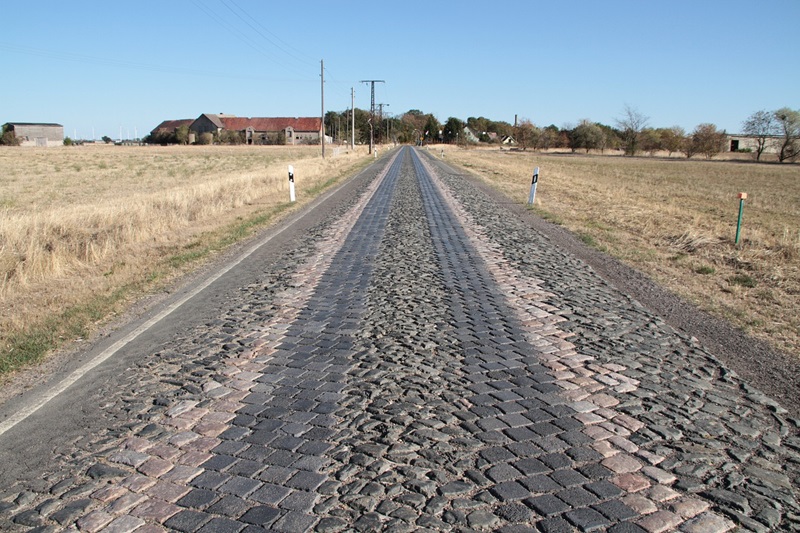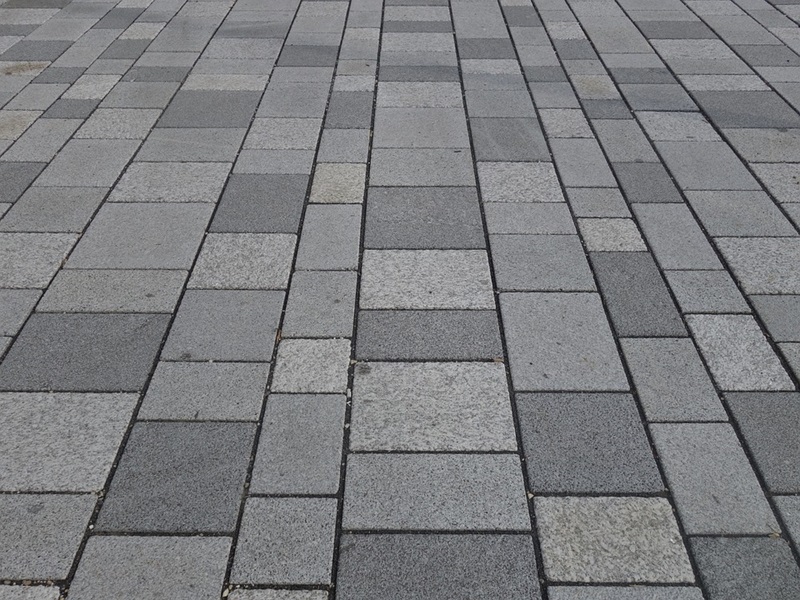Permeable paving isn’t just a trend; it’s a forward-thinking approach to managing water run-off, especially in areas prone to heavy rain. In Australia, for instance, weather extremes can create drainage headaches. That’s where permeable surfaces shine by allowing water to soak through rather than pool on top. If you’ve ever wondered why your fancy concrete driveways gather puddles, permeable alternatives might provide the answer you’ve been seeking.
Why Permeable Paving Is Gaining Popularity

Permeable paving is gaining popularity because it tackles a common concern: drainage. Traditional concrete slabs often struggle to handle heavy rainfall, leading to water pooling on the surface. On the other hand, a permeable surface uses materials like aggregate, which are designed to let water pass through freely. That means fewer puddles and less chance of slippery spots or waterlogging issues in your garden.
Moreover, many people appreciate how permeable surfaces can match nearly any style of home. From sleek, modern pathways to more rustic, exposed aggregate finishes, there’s an option for every design preference. Plus, because water doesn’t sit around, you’re less likely to get cracks or weaknesses in the slab over time—a win-win for both style and durability.
Key Benefits Compared To Traditional Concrete
Compared to traditional concrete, permeable paving stands out for a few key reasons. First, it’s excellent at reducing stormwater run-off, which can minimise the strain on local drainage systems. Second, it helps prevents flooding in certain low-lying areas by absorbing water directly into the ground. Third, by choosing exposed aggregate or similar designs, you can give your property a unique flare that plain concrete driveways often lack.
In addition, permeable paving can be more eco-friendly. Because it reduces the need for extra drainage measures, you can potentially cut back on costly guttering or re-routing solutions. All in all, this style of paving represents not just a design choice but a practical investment in your outdoor space.
Easy Maintenance Tips For Permeable Paving
One of the biggest selling points of permeable paving surfaces is how straightforward they are to maintain. Regular sweeping, prompt removal of weeds, and occasional re-sealing can help your surface last for years. In this section, we’ll cover how often to clean your paving, ways to handle pesky blockages, and simple sealing strategies for a durable result.
How Often Should You Clean Your Permeable Surface?
Keeping your permeable surface free from clogs is vital for proper drainage. Fortunately, you don’t need to spend hours on it each week. A monthly sweep with a stiff-bristle broom is usually enough to clear away debris like leaves, dirt, and loose stones. This simple habit helps maintain those tiny gaps that let water soak into the ground.
For busier areas, you might need a quick blast with a pressure washer every few months, but be careful not to use too much force. If you aim the jet directly into the pores, you could dislodge the material that supports the driveway. A gentle, angled technique is best for preserving the stability of your paving.
Enhancing Your Outdoor Space With Decorative Concrete

It’s one thing to maintain your permeable paving, but what if you want to boost the overall look of your outdoor area? Decorative concrete is a fantastic way to combine function and style. By choosing the right finishes and coatings, you can create a space that’s both practical and visually stunning, perfect for relaxing weekends or social gatherings.
Designer Concrete Coatings For Added Protection
Designer concrete coatings don’t just look amazing—they can also shield your paving from wear and tear. If you fancy concrete driveways with a high-gloss or matte finish, coatings like epoxy or polyurethane can offer that extra layer of strength. These coatings can also be textured, helping prevent slips in wet conditions.
Apart from aesthetics, a good coating can reduce surface abrasion, increase chemical resistance, and slow down any fading from UV exposure. Designer concrete coatings are widely used for both indoor and outdoor concrete floors because they’re durable and easy to clean. Think of them like a protective shield that also adds a dash of sophistication to your home’s exterior.
Conclusion:
The bottom line is that permeable paving offers a smart, eco-friendly solution for controlling water run-off without compromising on style. Whether you opt for exposed aggregate, plain concrete, or a textured surface, your choice can help create a driveway or patio that manages moisture effectively. Keeping up with routine maintenance—like sweeping debris and clearing out weeds—goes a long way towards preserving its good looks and functionality.


